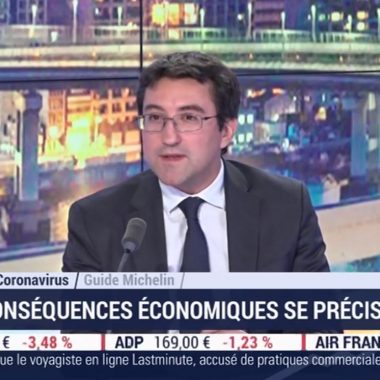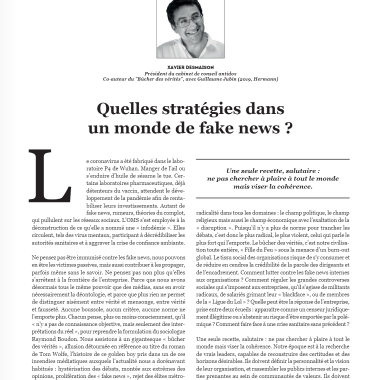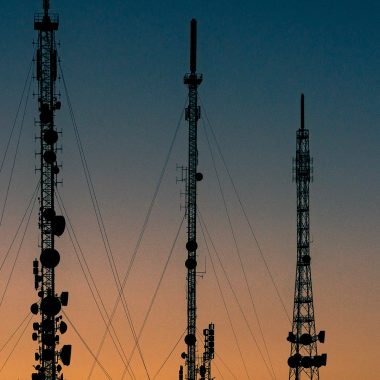Likes have been punctuating our Instagram accounts for more than 10 years, but they are now bowing out. At least, that is what the platform recently announced, stating that it wants to get rid of the little heart-shaped button. The aim: to promote the well-being of its users and combat certain negative effects relating to the feeling of dependency. By experimenting with this new setting, Instagram is in fact removing the main criterion for “rating” content.22
The app already tested removing Likes for a handful of users in 2020, but the experiment didn’t live up to expectations because of its unexpected nature and the fact that it wasn’t applied to the whole community. But on 14 April, Instagram took a different gamble: letting users choose whether or not to keep the button. They will then be able to decide for themselves if they want their followers to no longer be able to like their posts and/or no longer see Likes on other users’ posts. A (r)evolution that may well transform our way of consuming social media and the way we use it to communicate.
Putting an end to the Like dictatorship
For years, on Instagram and other platforms, users have been able to react to content by liking, commenting or sharing. This interactivity is at the very heart of social media’s DNA, with the Like representing a real cornerstone of the model. People look forward to receiving a flurry of likes when new content is posted. Every day, no fewer than 4.2 billion Likes are counted on the platform!
This race for Likes goes hand in hand with its share of psychological downsides. Studies have shown that this ever-growing search for content popularity generates stress and anxiety in individuals. A study conducted by the Pew Research Center showed that nearly 40% of teenagers using Instagram felt “compelled to share only content that has gathered a lot of “likes” or comments”. It is reported that young people are then caught in a frantic quest for likes. The findings are similar in France, where 69% of Generation Z internet users (15 to 24-year-olds) use Instagram every month. The figures published in 2021 by the Association e-Enfance, which protects the youngest against cyber-violence, are also incontrovertible: 62% of teenagers say they cannot go without their smartphone for more than a day! This finding has its own effects on mental health: mood disorders, feeling that your life is worse than others’, loss of self-confidence and anxiety.
This is a real social phenomenon that Instagram is using to justify its intention of “cleaning up” its network by reducing addiction among its most vulnerable users. A few weeks ago, the platform already unveiled a series of measures to protect its youngest users, as well as its intention to launch a version for children to protect them from unsuitable content.
As Instagram CEO Adam Mosseri explained in an interview with NBC, he wants users to “worry a little less about the number of Likes they get on Instagram and spend more time connecting with people who matter to them.” This approach is somewhat undermined by the fact that the platform’s economic model is driven by encouraging its users to consume more and more content through new features such as IGTV or Reels.
A content creation model that needs to be rethought
The Like is a key indicator of content popularity, meaning that its removal is sure to have an impact on the way content is valued and, consequently, on the way social media is used by brands. Some influencers and personalities have already voiced their opposition, especially in the US, where the initiative was announced several months ago.
For others, Instagram offering the option to no longer display Likes supports their position, especially for influencers or brands that advocate values such as self-acceptance or valuing our differences. In a context where social responsibility is becoming more and more important to the general public, removing the Like button can act as a proof of commitment to a brand image.
However, this shift could be seen as an opportunity to rethink the way engagement is measured and to redefine the criteria for valuing content. Without Likes, impressions, subscriber growth, and especially comments and shares will take on much more importance. The big challenge for content creators and brands will be to create more opportunities for discussion and debate with their subscribers. This will be an opportunity to restore the reputation of interactivity and especially content creativity. It is likely that this will also redefine Instagram’s algorithm, which will no longer systematically highlight the content with the most Likes. This will be a real boon for content creators who use the social network to promote themselves and their creations and are often disappointed by the lower valuation of their content on the platform, as photographer Katz Sinding explains: “I’ll look at some shitty photographer’s Instagram and [they’ll] get like 8,000 fucking likes because [their] photos are very, very commercial. And then I’ll look at my photo, which is something I’m quite proud of, and it’s got 800 likes. So you’re like ‘alright, something’s wrong. What am I doing wrong? Am I a bad photographer?”.
Facebook and YouTube are following suit by announcing that they are also thinking about overhauling their model, in particular by removing dislikes on the video platform. Will the death of the Like push social media towards more creative, interactive content? It is certainly a new factor to take into account when creating and consuming content. It remains to be seen whether users will be ready to give up their beloved Like.
By Emeline Invernizzi, Consultant at Antidox









